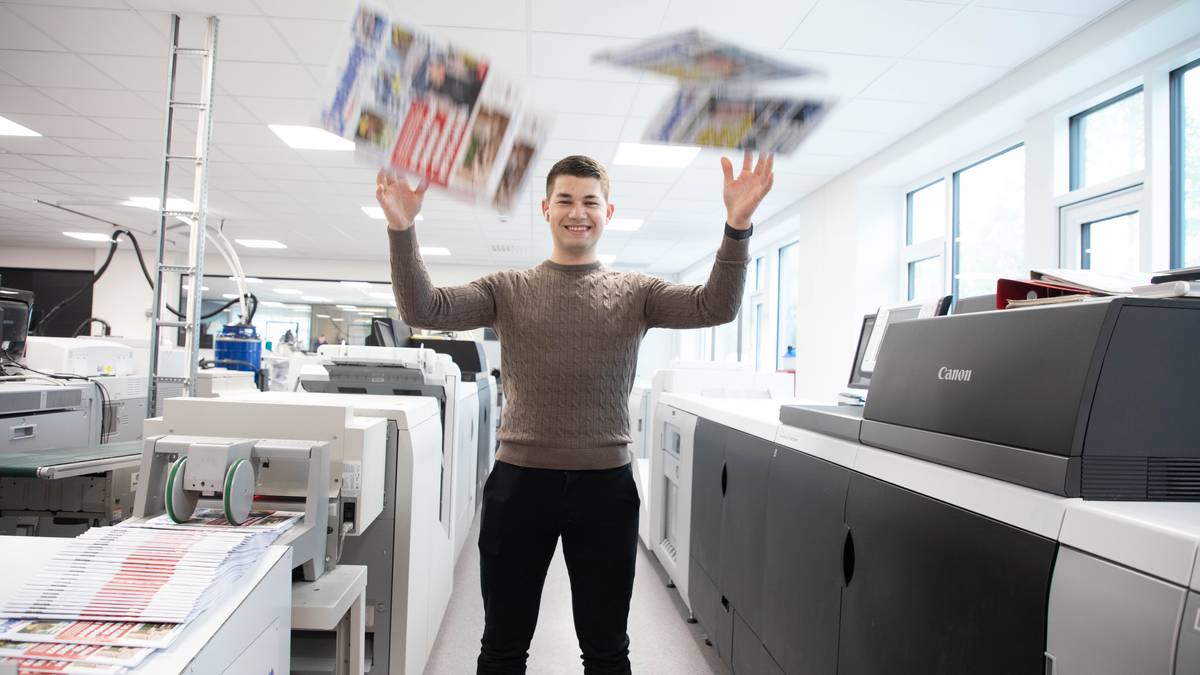None
The conceptual model proposed in this paper aims to explain how spatial presence can enhance the persuasiveness of media messages. The model consists of four steps: (1) alteration of experience, where immersive media forms can create a sense of non-mediation and increase the perceived relevance of the message; (2) increased cognitive processing bias, which leads to more intense and vivid cognitive processing of the message; (3) higher levels of emotional arousal and motivation, as immersive media can elicit a stronger emotional response than traditional media forms; and (4) enhanced credibility and believability due to the illusion of non-mediation. The model also considers audience characteristics such as personality traits, cognitive abilities, and earlier experience with immersive media forms, which can influence the impact of spatial presence on persuasion.
The proposed model builds upon existing research on the psychological consequences of immersive media forms and integrates different theoretical perspectives on persuasion. By including factors such as audience characteristics and potential pitfalls of immersive media, the model offers a more comprehensive understanding of how spatial presence can influence media persuasion. Future studies that validate the model's predictions and consider additional message and user characteristics can further enhance its predictive power.
The conceptual model proposed in this paper has several implications for practice and future research. For practitioners, it suggests that immersive media forms can be an effective tool for enhancing persuasion by creating a sense of non-mediation and increasing cognitive processing bias. However, the model also highlights potential pitfalls such as negative side effects and decreased credibility due to overuse or inappropriate use of immersive media. Therefore, practitioners should be cautious when using immersive media forms and carefully consider the audience, message, and overall strategy.
For future research, the model provides a framework for investigating the psychological consequences of immersive media forms and their impact on persuasion. Specifically, it suggests that exploring individual differences in personality traits, cognitive abilities, and earlier experience with immersive media forms could enhance our understanding of how spatial presence influences media persuasion. Additionally, studying potential limitations or drawbacks of immersive media forms, such as decreased credibility due to overuse or lack of critical thinking skills, can help mitigate their negative effects and improve overall persuasive outcomes.
In conclusion, the proposed conceptual model offers a comprehensive framework for understanding how spatial presence can enhance persuasion by immersive media forms. By integrating various theoretical perspectives and considering individual differences and potential pitfalls of immersive media, it provides valuable insights into the psychological mechanisms underlying this phenomenon. Future studies that validate the model's predictions and consider additional factors could further refine our understanding of how spatial presence influences media persuasion.





